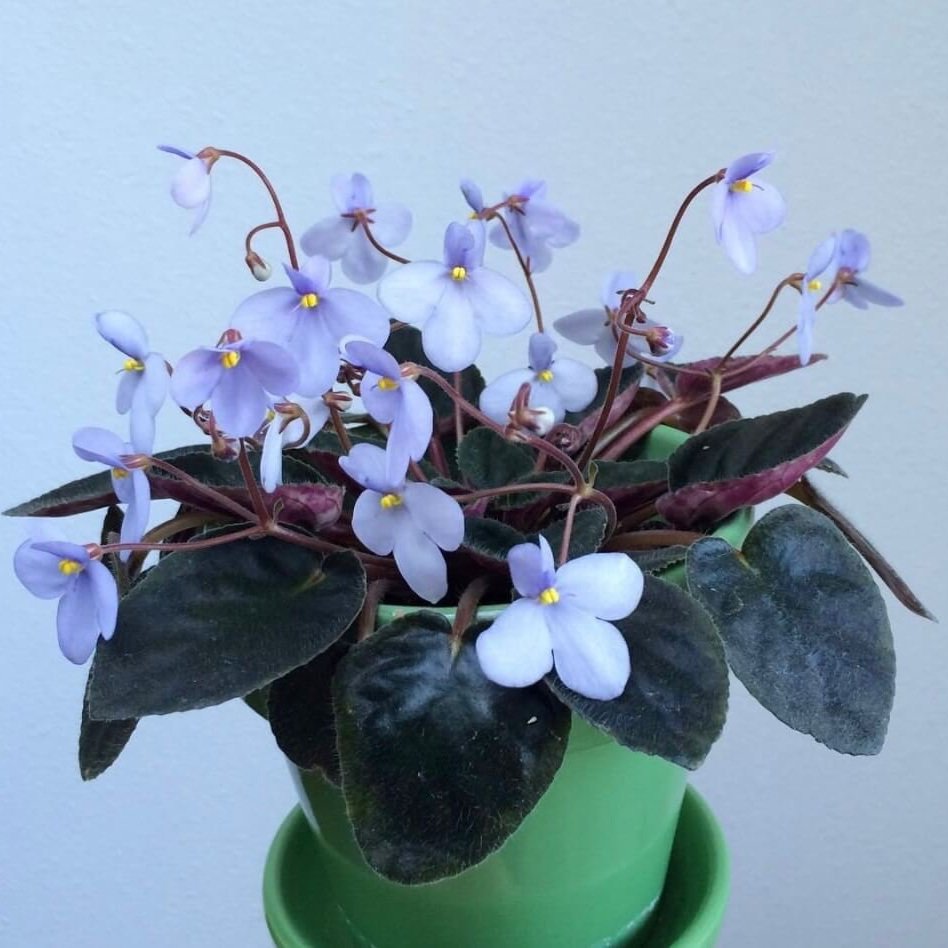
Houseplant Care Guides
These guides will teach you all of the tips and tricks for taking care of your favorite house plants. Our goal as plant experts, is to provide as much helpful information to you. This guide will walk you through watering, temperature, humidity, soil, and sunlight requirements. It will also teach you the history behind each houseplant. Get ready to dive right in.
Agave Plant Care Guide
Agave plants need at least 6 hours of direct sunlight per day. If you live in an area where there is high humidity, it may be difficult to plant your agave plant outdoors.
African Violet Plant Care Guide
The African violet botanical name is, Saintpaulia. They are known for having bright colorful variations within their flowers. Their flowers can vary from white, purple, pink, and red.
Arrowhead Plant Care Guide
Arrowhead plants are great for beginner plant parents who want to throw their hat in the ring. Syngonium plants thrive best in bright indirect light and in environments where humidity levels are over 60%
Snake Plant Care Guide
Snake plants require minimal watering and attention which makes it great for beginner plant parents. Learn how to care and grow snake plants.
Angel Vine Plant Care Guide
Growing a Angel Vine plant, Muehlenbeckia Complexa, is super easy. It requires full sun, moist soil, and can grow up to 24 inches
Meet The Plant Experts 🌱
-

Jennifer Bruce
FOUNDER - PLANT EXPERT
-

Matthew Cannizzo
PLANT CONTENT EDITOR
-

Kobie Cannizzo
PLANT TOXICITY SPECIALIST
Learn About Houseplant Needs
-
As a horticulturist, I often get asked about the sunlight requirements for houseplants. It's important to remember that different plants have different needs when it comes to sunlight, and it's crucial to do your research before selecting a plant for your home. Some plants, such as succulents and cacti, thrive in bright, direct sunlight and will do best near a south- or west-facing window.
On the other hand, plants like ferns and philodendrons prefer more indirect light and will do well in a north- or east-facing window. It's also worth noting that too much direct sunlight can be harmful to some plants, causing them to become scorched or faded. It's important to pay attention to your plant's leaves and adjust its location accordingly to ensure it is getting the right amount of sunlight for optimal growth.
-
ust like humans, plants have different preferences when it comes to their surroundings. It's important to pay attention to the temperature and humidity levels in your home, as these can greatly impact the health and growth of your plants. Some plants, such as ferns and philodendrons, prefer higher humidity levels and may benefit from being placed on a humidity tray or near a humidifier. On the other hand, cacti and succulents prefer lower humidity and should be kept in a drier environment. As for temperature, most houseplants do well in average household temperatures ranging from 60-75 degrees Fahrenheit.
It's important to avoid placing your plants in drafty areas or near heating and cooling vents, as extreme temperature fluctuations can be harmful to their growth. By paying attention to the temperature and humidity needs of your plants, you can create a comfortable and healthy environment for them to thrive.
-
Choosing the right soil is an important factor in the health and growth of your plants. It's important to use a well-draining soil mix, as plants can suffer from root rot if left in standing water. A good rule of thumb is to choose a soil mix that contains a blend of perlite, peat moss, and compost or a pre-mixed all-purpose potting soil.
Avoid using soil from your garden, as it may be too dense and not provide proper drainage for your plants. It's also a good idea to add a slow-release fertiliser to your soil mix to provide your plants with the nutrients they need for healthy growth. By following these general soil recommendations, you can give your plants the best chance for success.
-
The first step in treating pests and diseases is to identify the problem. Look for signs such as discoloured leaves, wilting, or unusual growth patterns. Once you have identified the problem, it's important to take action quickly to prevent the issue from spreading to other plants. In some cases, pests can be removed by hand or with the use of a soft cloth or brush.
For more stubborn pests, there are several safe and effective treatments available, such as horticultural oil or neem oil. When it comes to diseases, removing infected plants or plant parts can help prevent the spread of the issue. It's also a good idea to sterilize your tools between uses to prevent the spread of diseases. By following these general guidelines, you can keep your houseplants healthy and pest-free.
-
There are several methods of propagating houseplants, including rooting stem cuttings, dividing rootballs, and creating plantlets from leaves. Rooting stem cuttings is a popular method of propagation and involves taking a cutting from an existing plant and rooting it in soil or water.
Dividing rootballs is another method that involves separating a mature plant into smaller sections and planting them in separate pots. Plantlets can also be created by taking a leaf cutting from an existing plant and rooting it in soil or water. Propagating houseplants can be a fun and rewarding way to expand your collection, and it's a great way to save money on purchasing new plants.
By following proper techniques and providing the necessary care, you can successfully propagate a variety of houseplants.
-
Houseplants have a long history of being cultivated for decorative and medicinal purposes, and understanding a plant's natural habitat can help you provide the proper care and maintenance for your houseplants. By considering a plant's natural environment and history, you can ensure that your houseplants receive the care they need to thrive in your home.
-
Proper fertilization is an important aspect of houseplant care and most houseplants do well with a balanced, all-purpose fertilizer. It's important to follow the instructions on the fertilizer label and avoid over fertilizing, and during the active growing season, it's generally recommended to fertilize houseplants every 1-2 weeks.
About Our Houseplant Care Guides
Our houseplant care guides are designed to help you with all of your plant troubleshooting needs. This ranging from helping you treat common pests & diseases to helping you with basic plant needs. Do you own a cat or dog? no worries, our plant growing guides are great for pet owners as we clearly label each of our plants as toxic or non-toxic. We also have a article about our favorite pet-friendly houseplants.
From agave plants to snake plants, we cover a wide range of houseplants in our care guides. We provide educational information about watering requirements, humidity needs, toxicity, history, temperature requirements, and much more. Our houseplant care guides are great for any type of plant, whether its a succulent, ivy, palm, vine, and more. Growthopedia releases new houseplants often like, philodendrons, air plants, spider plants, and more.
If houseplants aren’t your thing, we also have care guides for all of your vegetables, herbs, and fruit needs too! Learn how to grow any herb or vegetable with our herb grow kits. If you do not see the houseplant you are looking for, please contact one of our plant experts at customersupport@growthopedia.com or visit our contact us page for any suggestions or questions.







